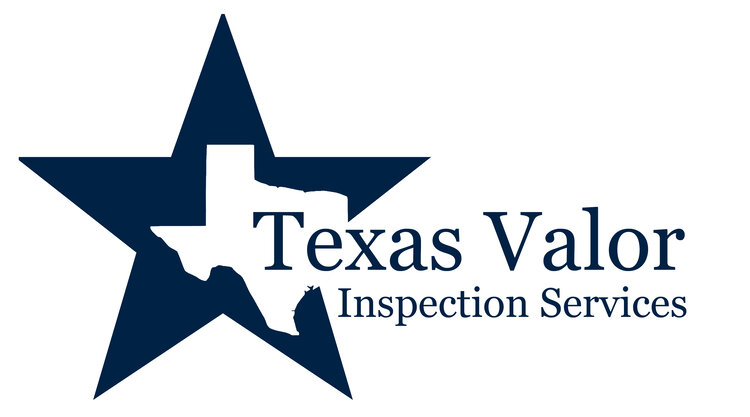A Property Condition Assessment (PCA) is a critical step for anyone investing in, managing, or leasing commercial real estate in Texas. This thorough evaluation provides an in-depth look at a building’s physical condition, helping stakeholders make informed decisions. Conducting a PCA in Texas requires attention to specific factors due to the state’s unique climate, regulations, and market demands. Below are the most important elements to consider during a commercial building inspection.
1. Structural Integrity
The foundation and structural components of a commercial building are paramount. In Texas, where soil conditions vary from expansive clay in Dallas to sandy loam along the Gulf Coast, inspectors must assess for signs of foundation settling, cracks, or shifting. Structural elements like load-bearing walls, beams, and columns should be examined for corrosion, wear, or damage. A PCA should include a detailed review of the building’s ability to withstand Texas’s extreme weather, including high winds and occasional hurricanes in coastal areas.
2. Roofing Systems
Texas’s climate, with its scorching summers, heavy rains, and occasional hailstorms, puts roofing systems to the test. A PCA must evaluate the roof’s material, age, and condition, checking for leaks, missing shingles, or damaged membranes. Flat roofs, common in commercial properties, require scrutiny for proper drainage to prevent pooling water. Inspectors should also assess the roof’s remaining useful life and recommend maintenance or replacement to avoid costly repairs.
3. HVAC and Mechanical Systems
Heating, ventilation, and air conditioning (HVAC) systems are vital for tenant comfort and operational efficiency. In Texas, where summer temperatures often exceed 100°F, HVAC systems are heavily stressed. A PCA should verify the condition, capacity, and maintenance history of these systems, ensuring they meet current codes and energy efficiency standards. Inspectors should also check plumbing, electrical, and fire suppression systems for compliance with Texas regulations and functionality.
4. Exterior and Site Conditions
The building’s exterior, including walls, windows, and doors, must be evaluated for weatherproofing and aesthetic condition. In Texas, where humidity and UV exposure can degrade materials, inspectors look for signs of rot, fading, or sealant failure. The PCA should also cover site elements like parking lots, sidewalks, and drainage systems. Poor drainage can lead to flooding, a significant concern in areas like Houston, where heavy rains are common.
5. Code Compliance and Accessibility
Texas has specific building codes and accessibility requirements, including adherence to the Texas Accessibility Standards (TAS). A PCA must confirm that the property complies with fire safety codes, electrical standards, and ADA requirements. Non-compliance can result in fines or costly retrofits, so inspectors should flag any issues related to egress, signage, or accommodations for people with disabilities.
6. Environmental Considerations
Environmental hazards like asbestos, mold, or lead-based paint are critical concerns, especially in older Texas buildings. A PCA should include a review of potential contaminants, particularly in industrial or historic properties. Additionally, Texas’s susceptibility to flooding requires assessing whether the property lies in a flood zone and evaluating mitigation measures.
Conclusion
A comprehensive PCA is essential for protecting your investment and ensuring a commercial property’s long-term value in Texas. By addressing structural integrity, roofing, mechanical systems, exterior conditions, code compliance, and environmental factors, a PCA provides a clear picture of a building’s health. For those seeking a reliable partner, Texas Valor Inspection Services offers expert PCA services tailored to Texas’s unique challenges. With their commitment to thoroughness and professionalism, they can help you navigate the complexities of commercial inspections. Visit www.texasvalor.com to learn more and schedule your inspection today.

